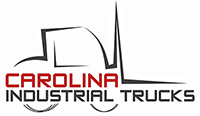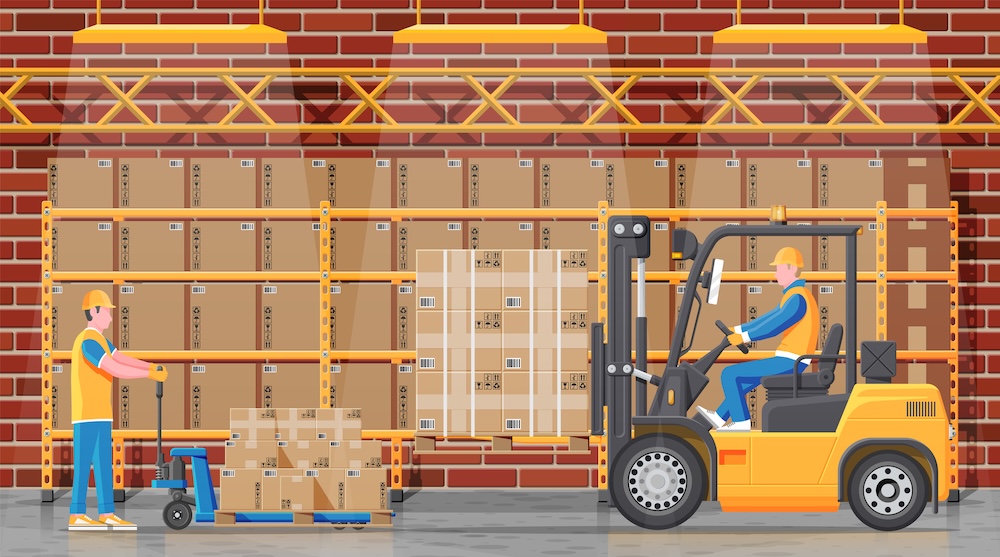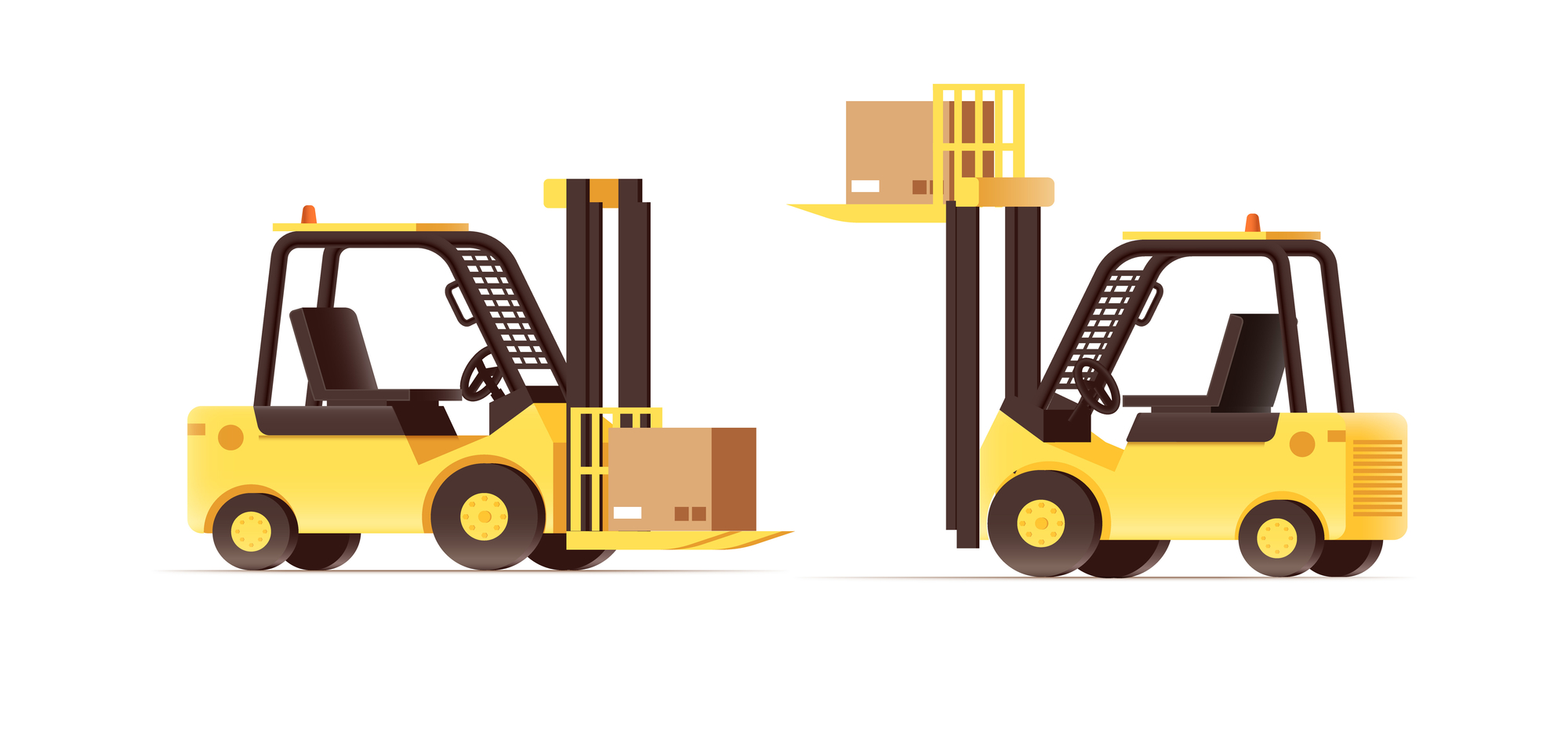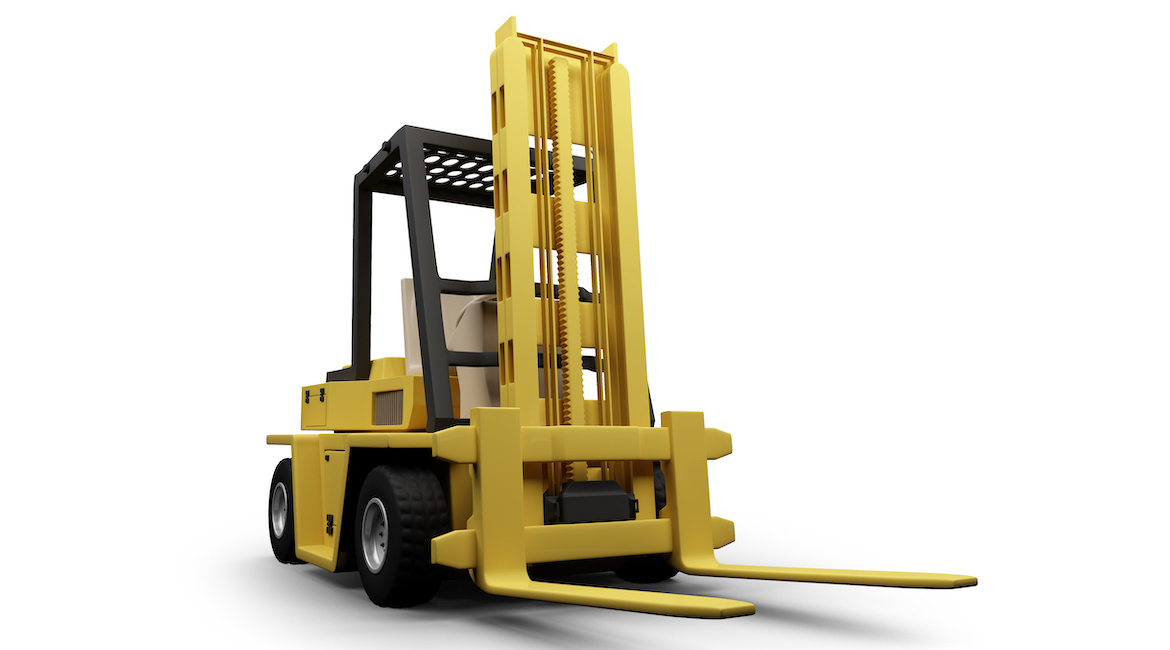3-wheel Forklift vs 4-wheel Forklift: What's the Difference?
08/11/2020
CITrucks
There are many options to consider when buying a forklift. This guide explains the difference between a 3-wheel forklift and a 4-wheel forklift.
Did you know that nonfatal workplace injuries amount to nearly $60 billion in direct U.S. worker's compensation each year? Employee safety is a top priority, so it's important to provide them with adequate equipment to safely complete their tasks.
If you're managing a warehouse, you might be wondering which type of forklift will keep your employees safe and best suit your needs. Is there really that much of a difference between a 3-wheel forklift and a 4-wheel forklift?
3-wheel Forklift Basics
A 3-wheel forklift typically is designed with two wheels in the front and one in the back in order to give it extra power on the end that will be conducting the lifting.
If you're operating in an indoor warehouse or on smooth surfaces, a 3-wheel forklift is ideal. A 3-wheel forklift has a much smaller turning radius, so they're a great choice if you're looking for better maneuverability in small spaces.
3-wheel forklifts are typically used for smaller loads because they typically only have a loading capacity of around 2.5 tons. Due to their smaller size, they're also a better choice if you don't have a lot of room in which to store moving equipment. In the same vein, by choosing a 3-wheel forklift you can use any excess space for additional aisles or storage areas. Due to their smaller size, 3-wheel forklifts are somewhat cheaper than 4-wheel forklifts. They are also cheaper to maintain for the same reason.
3-wheel forklifts are often used in warehouses with narrow aisles and limited space, as well as garden centers. However, they should not be used on uneven terrain, as they will struggle to grip onto surfaces like gravel.
This type of forklift is great for small businesses that only require light lifting. They're also ideal for retail centers, where aisles between storage are narrow. They're also optimal for postal depots or any company that has an extensive shipping warehouse
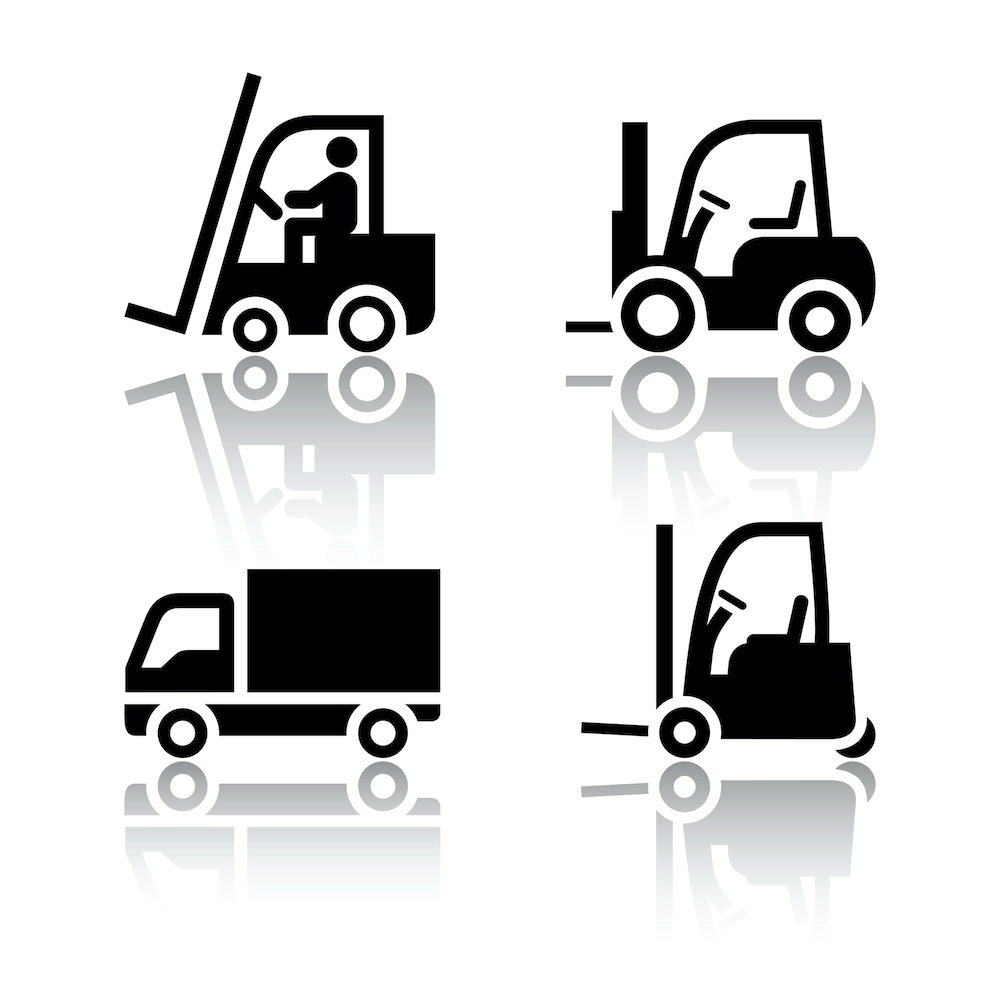
4-wheel Forklift Basics
4-wheel forklifts typically have a sturdier design with better stability. They are balanced out with the typical two wheels in front and two wheels in back.
4-wheel forklifts are a good choice if you are required to move products outside or on uneven surfaces. Since they are larger and more stable, they have less trouble gripping bumpy terrain.
Due to their larger design, they have a larger turning radius. If you're low on space, this can be an issue. Despite requiring more room to turn, 4-wheel forklifts tend to have better handling in general.
On the other hand, since they're built larger, they can carry more weight than 3-wheel forklifts. A 4-wheel forklift can typically lift up to 4 tons.
4-wheel forklifts have a higher gradeability as well, so they're ideal if you have to carry cargo up steep inclines. If you plan to carry loads up and down ramps, a 4-wheel forklift is superior.
4-wheel forklifts are commonly used in wholesale centers. However, they're also used in builder yards and construction sites since they can carry heavy loads.
Since they're more adept at maneuvering uneven terrains, such as mud or soil, they are also used on farms.
If you plan to use a forklift multiple times a day, a 4-wheel forklift is much more prepared to endure regular use than its 3-wheel counterpart.
Which is Best for You?
It's important to consider what your business requires of a forklift before you make any purchase. Whether you plan on purchasing or renting a forklift, be mindful of what you're trying to accomplish with a forklift.
Are you working with limited space? If yes, a 3-wheel forklift will be the better option. They are more flexible and have a compact design that is perfect for smaller warehouses and storage facilities, while a 4-wheel forklift requires a bit more breathing room.
You also must consider your price range. Not only are 4-wheel forklifts more costly upfront, but they will also be more costly to repair and maintain.
With newer models, you will find that the difference between the turning radius of a 3 and 4-wheel forklift is much smaller than in years past. If you are looking for a 4-wheel forklift with a sharper turning radius, it's worth considering an electric model.
If you're choosing a forklift for an outdoor location, consider the weather as well. While you may only be lifting light loads, a 3-wheel forklift can be a burden under the wrong weather conditions. If you are working somewhere that gets bogged down by rain or snow, a 4-wheel forklift is the better choice.
At the end of the day, those who are lifting more product and with more frequency will likely do better with a 4-wheel forklift. Alternatively, 3-wheel forklifts are perfect for snappy moves in tight spaces. Ultimately, the choice comes down to which forklift will provide your company with the best assets.
Making a Decision
It can be difficult to evaluate the needs of your business. However, with the right research, you'll find exactly what you're looking for to ensure your business is successful. The information above will help you as you make the decision between a 3-wheel forklift and a 4-wheel forklift for your own business.
For similar articles, check out the rest of our Blog section. Or, if you need help choosing a forklift for your business, contact us for assistance.
